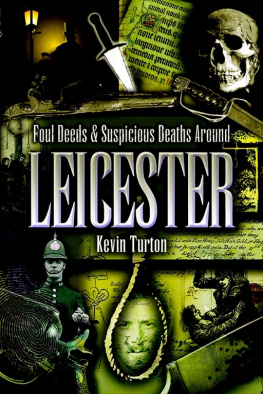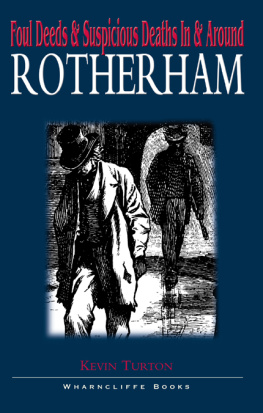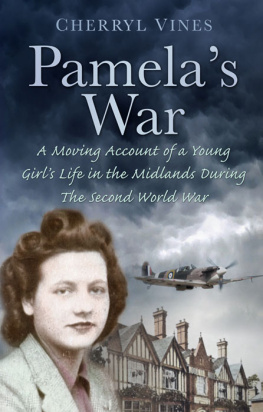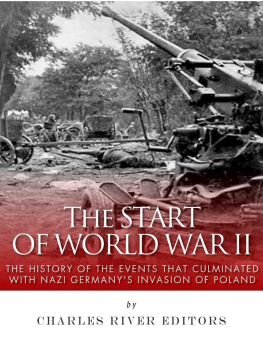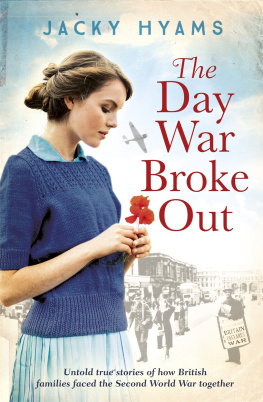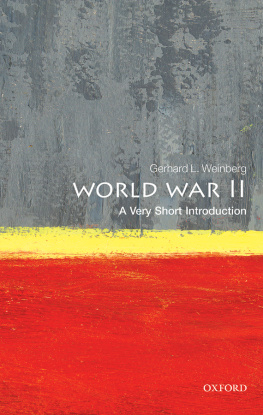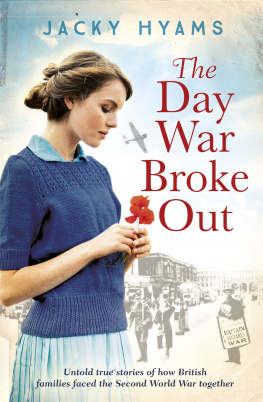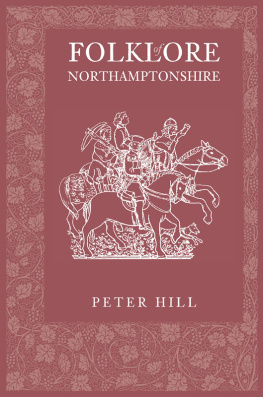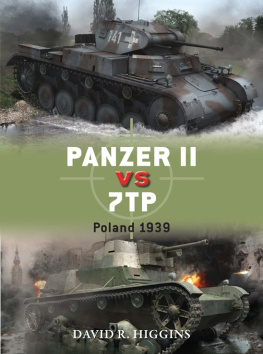First published in Great Britain in 2017 by
PEN & SWORD MILITARY
An imprint of
Pen & Sword Books Ltd
47 Church Street
Barnsley
South Yorkshire S70 2AS
Copyright Kevin Turton, 2017
ISBN 978 1 47387 667 5
eISBN 978 1 47387 669 9
Mobi ISBN 978 1 47387 668 2
The right of Kevin Turton to be identified as Author of this work has been asserted by him in accordance with the Copyright, Designs and Patents Act 1988.
A CIP catalogue record for this book is available from the British Library.
All rights reserved. No part of this book may be reproduced or transmitted in any form or by any means, electronic or mechanical including photocopying, recording or by any information storage and retrieval system, without permission from the Publisher in writing.
Pen & Sword Books Ltd incorporates the Imprints of
Pen & Sword Archaeology, Atlas, Aviation, Battleground, Discovery, Family History, History, Maritime, Military, Naval, Politics, Railways, Select, Transport, True Crime, Fiction, Frontline Books, Leo Cooper, Praetorian Press, Seaforth Publishing, Wharncliffe and White Owl.
For a complete list of Pen & Sword titles please contact
PEN & SWORD BOOKS LIMITED
47 Church Street, Barnsley, South Yorkshire, S70 2AS, England
E-mail:
Website: www.pen-and-sword.co.uk
Introduction
After the carnage of the First World War, people quite rightly believed that there could never be a second, greater conflict. The cost, both in financial terms and human lives, had been so ruinous to all the countries involved that to even contemplate the idea was surely absurd, or so the argument ran. But as history now records, whilst the countries of Europe had dismantled their armies and rebuilt their industries, they had paid little heed to the defeated Germans. The Treaty of Versailles, supported by the victors, had forced Germany to give up 25 per cent of its territory and pay reparations for the death and destruction the war had caused. In turn, this had caused rampant inflation across Germany in the early Twenties, the collapse of many businesses and massive unemployment. It had also aided the growth of the National Socialist German Workers Party and the rise of its leader, Adolf Hitler.
It is probably fair to say that for most people living in Northamptonshire at the start of the 1930s, Hitlers was not a name easily recognized or known. The rise to power of Hitler and his odious entourage went largely unnoticed until around 1936. He had become a feature of newsreels and newspapers before then as Germany had begun its own recovery, but for most he was no more than a passing interest. Yet by this time he had managed to rise from obscurity to prominence after the Germans, under his leadership, had remilitarized the Rhineland. This area of Germany had essentially been declared neutral under the terms of the Versailles Treaty, mainly because it was land west of the Rhine that bordered Belgium, Luxembourg and the Netherlands. In 1919, it had been occupied by what were known as the entente forces France, Russia and Britain and any move to reclaim it would have been seen as inflammatory. When Hitler took it back, possibly to test the Wests reaction, it raised the prospect of the war no-one had ever envisaged; a war which at that stage still seemed unnecessary and avoidable. While it rang a few alarm bells, it did not cause a sudden rush to re-arm, although in December 1936 the British government did take the precaution of forming the ARP (air raid precaution unit). Westminster was all too well aware, even at that stage, of the consequences of any future war on the British people.
From this point on, people across the county became ever more aware of the growing threat Germany had begun to pose. They began to read of Hitlers plans for the reunification of Germany, how he wanted what he saw as the ethnic Germans of eastern Europe brought into the German Reich, how he had successfully managed to re-arm and of his appalling treatment of the German Jews, the latter being held responsible by Hitler and his government for the savage terms of the Versailles Treaty.
Any further doubts people had of the growing threat from the other side of the Channel were dispelled at the start of 1938. In February of that year, Germany made its first moves toward reunification by threatening Austria. Some six million Germans, most displaced by the terms imposed on Germany at the end of the Great War, lived there. Hitler wanted them back under German rule and began to apply pressure to Austrias chancellor, Kurt von Schuschnigg, threatening to take them back by force. The chancellor decided to ask all Austrians by referendum if they would agree to Germanys request. Hitler demanded it must not go ahead, and on 11 March closed the frontier with Austria, massing troops along its length. Austrias chancellor then looked to Britain and France for help, but none came and he resigned. A new chancellor was brought in and the Anschluss (political or economic union), as it was termed, began. In April, the German army marched unopposed into Vienna, cheered on by huge crowds.
Throughout the summer of 1938, Hitler, with Austria now under German control, turned his attention toward West Czechoslovakias Sudetenland. At a series of orchestrated rallies, he demanded it be returned to the German nation, arguing the three million or so Germans residing there had also been unfairly annexed by the terms of Versailles. The drums of war were starting to beat long and loud.
In Britain, Prime Minister Neville Chamberlain, all too well aware of the threat Hitler now posed, attended an outdoor meeting in July held in the grounds of Boughton House, Northamptonshire. Over 15,000 people from across the county attended, and during the fifty-minute speech he addressed the issue of a European war. It was a war, he made clear, that he wanted to avoid at all costs, but one he was not afraid to fight if our liberties were in danger we would fight again.
To that end, he told the crowd, the government had already begun to take steps to ensure the country would be well-placed to defend itself, including increasing the strength of the Royal Navy, vital if the country was to maintain the level of imports it needed to ensure continued stability.


